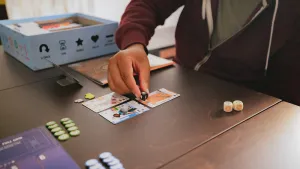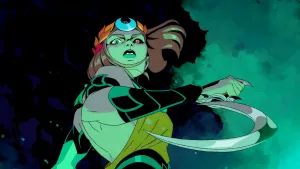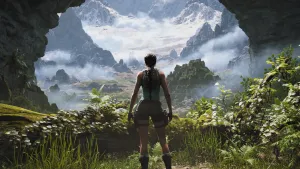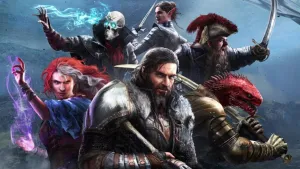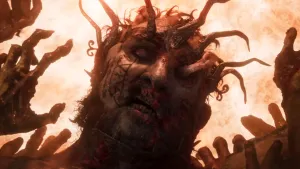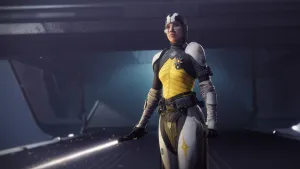Irrational Musings: BioShock Infinite In Their Words
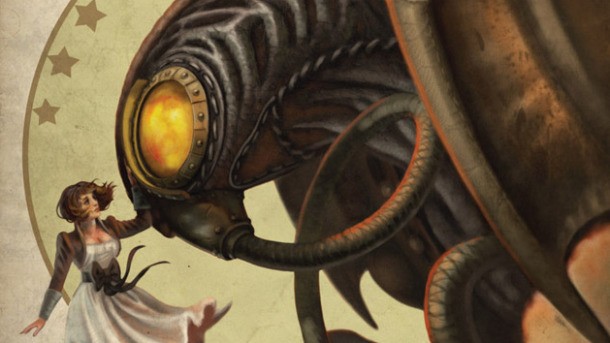
Our latest cover story is packed with details about BioShock Infinite, but even 12 pages isn't enough space to fit all of the cool observations and insights from the team at Irrational Games. During our visit to Boston-based studio, we heard plenty of interesting comments pertaining to many facets of BioShock Infinite, but we just couldn't print them all. Now, we bring you a veritable highlight reel of quotes from key staff members that will shed a little more light on how the team is approaching this phenomenal-looking game.
On Previous Games:
"This is not a game about history, in the same way that BioShock 1 was not a game about history. But it’s set in the context of history."
– Ken Levine
"We started from scratch and said 'what was one of the challenges of BioShock?' For one, when all you have is a hammer, everything looks like a nail. Everything was a tight corridor. You were only facing one or two enemies. In this engine, you can fight 15 or 16 enemies at once in spaces of huge scale at high speeds."
– Ken Levine
"On the story side, one of the criticisms from System Shock 2 to BioShock to BioShock 2 is that whenever you encounter somebody, they’re behind a piece of glass. I invented that trick back in 1999. We’ve gotten rich and fat off of that trick, and we decided, 'no more of that trick.'"
–Ken Levine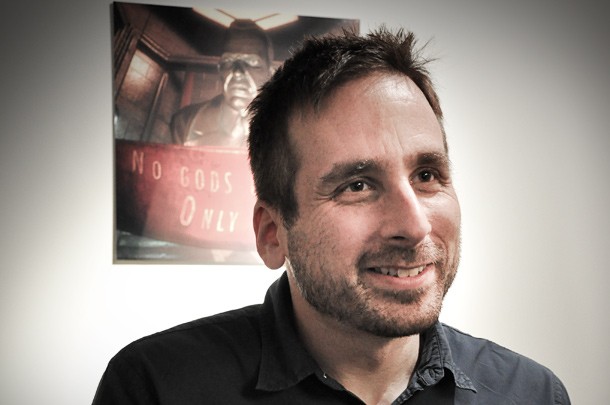
Creative director Ken Levine
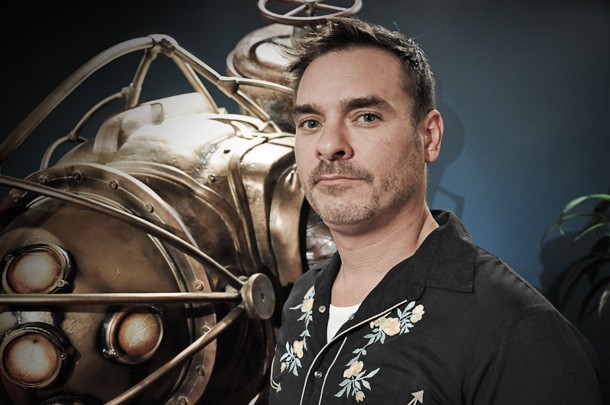
Art director Nate Wells
On Narrative:
"The success of any game narrative is really based on the distance between the narrative you’re trying to tell and what you’re physically doing in the game. If you’re trying to subvert a space dictator, but currently you’re turning a wrench on a bolt in a space station, you have a problem there."
– Nate Wells
"We want this to go down in the history books as both a world-shaking narrative experience, but also a ‘Holy s---! I was in this combat and let me tell you what happened! It was awesome!’"
– Ken Levine
On Elizabeth:
"She doesn’t know what’s going on in the city. She just knows she’s trapped there. She’s read books and learned and she’s educated, but she hasn’t been out in the world. When you bust her out of there, which you do, it’s sort of like Roman Holiday. "
–Ken Levine
"We want to handle [the early bonding experiences] very carefully, because they’ll be very personalized for the player."
– Nate Wells
"It’s kind of scary for her. It’s a little bit of Firestarter, a little bit of Carrie, where she’s learning these things about herself."
– Ken Levine
On Protagonist Booker DeWitt:
"He’s capable, but he’s quite disarmed by
Elizabeth, as well. He’s not used to being in a situation where he’s at
the center of everything, and the path of right and wrong aren’t so
clear. I think he’s affected by some of the mistakes he’s made in the
past. I think he’s not proud of some of things he’s done."
– Ken Levine
"In
Thief, you talk to yourself, and you sort of give yourself your
missions during the course of the game. I got very tired, certainly by
the end of BioShock, of the guys giving you radio messages in your ears.
We may have some of that, but I really want the player to identify
opportunities and set the agenda for themselves."
– Ken Levine 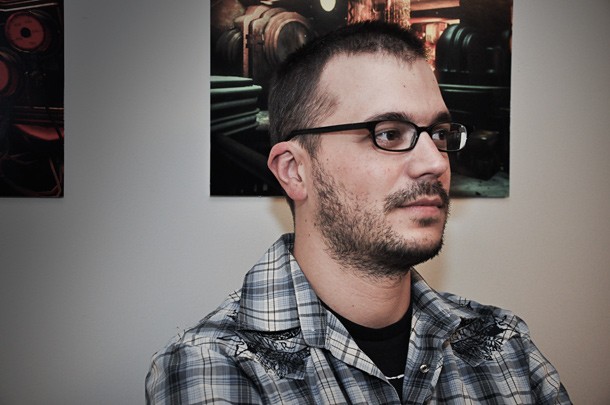
Lead artist Shawn Robertson
On Creating Columbia:
"It’s one of the things you keep in the
back of your mind when you’re building all this space and trying to make
it look as beautiful possible. If you’re not thinking about that space
in the context of the game, you almost feel like ‘I need to put
something in here, because we spent all this time lighting it. What do
you mean there are no AIs in here? What do you mean there are no big
narrative beats in here?’ You have to have to forethought to leave that
space between."
– Shawn Robertson
"We wondered if this time
period would bear fruit, and it became clear very quickly that it would.
We were able to play with history and draw from history in the same
way, and cherry pick what we want and leave what didn’t serve us."
–
Nate Wells
"It’s a very different challenge in this game, because
you’re outside. You really do see the city. Part of making a convincing
city is that, often times, they aren’t neatly ordered quite how you’d
like. It’s a balance between trying to keep a consistent vision and
creating something that’s organic enough that people can buy into it as a
city. It’s really about grounding."
– Nate Wells
Lead designer Bill Gardner
On Irrational:
"We spend a whole lot of time beating ourselves up here. After
Bioshock, we really had the luxury of going back and looking at what
works and what doesn’t. It’s liberating to be able to say, ‘Well, what
was really broken about the game?’ but at the same time there are new
problems to solve."
– Bill Gardner
"One of the great things about this company is that we don’t decide everything on day one. We throw an idea into the pond, and those things ripple out and they evolve and change over time. The ideas continually evolve, but we’re able to wait for the idea to come along that’s the right idea."
–Ken Levine
For more exclusive BioShock Infinite details, click here or on the banner below:

Get the Game Informer Print Edition!
Explore your favorite games in premium print format, delivered to your door.
- 10 issues per year
- Only $4.80 per issue
- Full digital magazine archive access
- Since 1991

